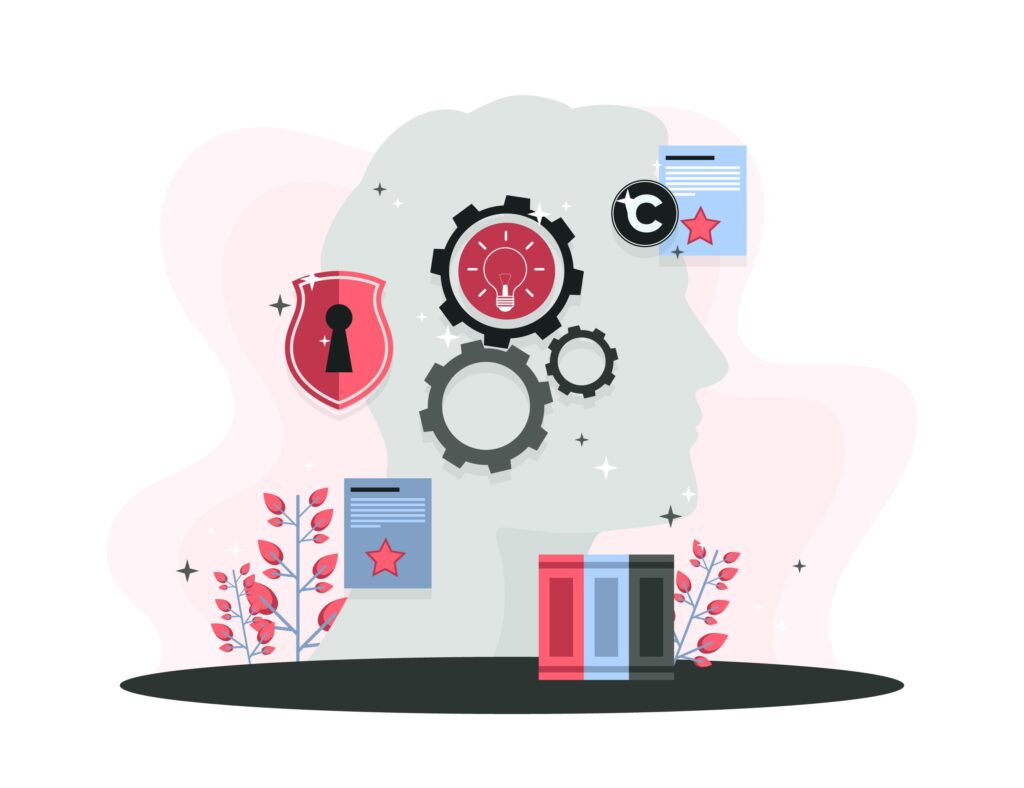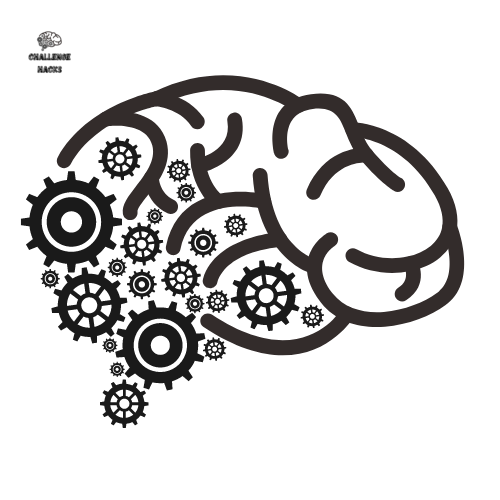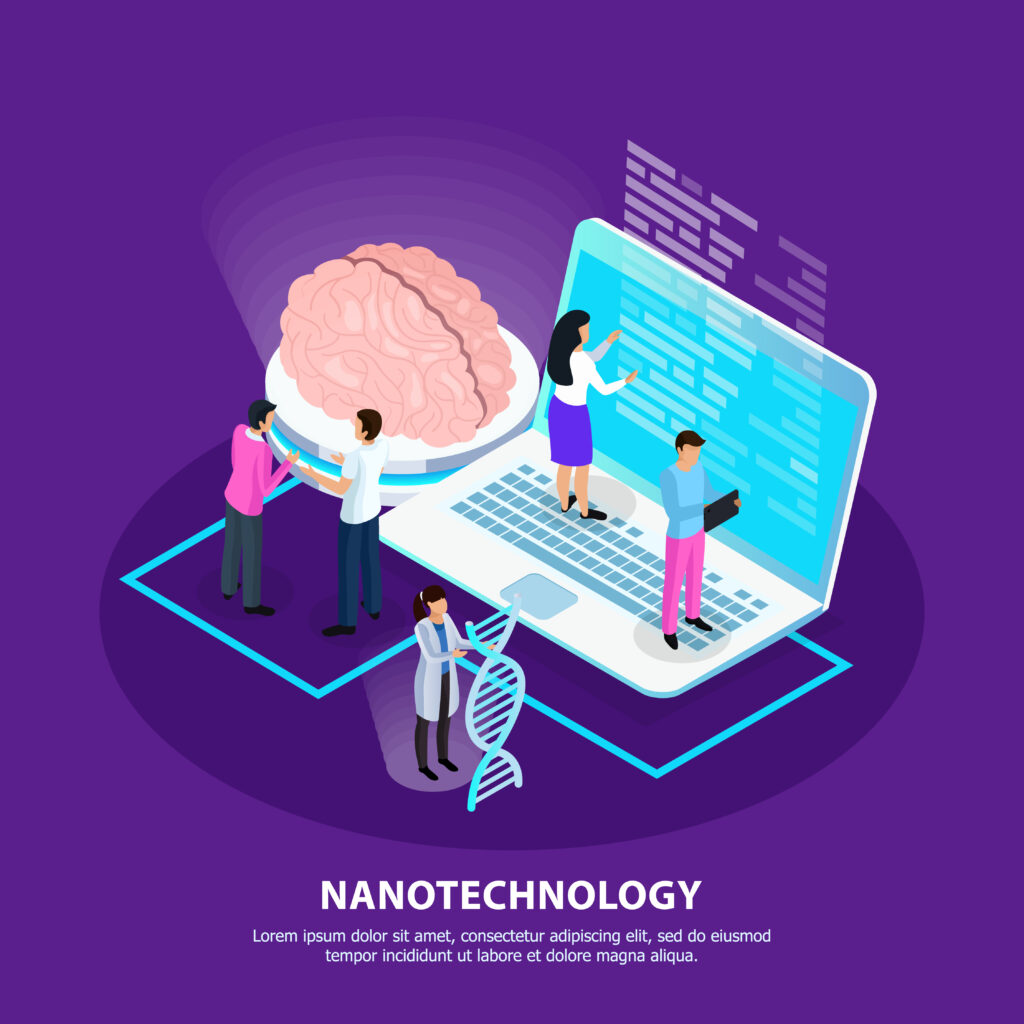Digital addictions such as using smartphones or social media excessively can be comparable to substance use disorders in how the brain responds. The brain’s dopamine pathways, associated with reward-seeking behaviors, can be triggered by both digital addictions and substance use. In both cases, the brain releases dopamine when it receives a reward, which can lead to an addiction-like cycle of seeking and achieving a reward. (Tech Hacks)
It’s crucial to remember that every person has a different experience with digital addictions and drug use disorders and that a variety of factors, (Tech Hacks)such as personality, environment, and heredity, can affect how severe an addiction or illness is. (Tech HAcks)
It’s all too common a scenario: We’re bored and our hand reaches for our phone, and before we realize it, we’re immersed in the digital world—scrolling, tapping, and scrolling until our thumb is sore. (Tech Hacks) This behavior may seem harmless, but it can become problematic when it escalates into a digital addiction. (Tech Hacks)
Our phones’ constant stimulation—whether it’s from social media, mobile gaming, or even reading the news—can become a distraction that prevents us from giving the moment our whole attention. If you find yourself experiencing difficulties with this behavior, it could be helpful to get professional assistance in order to identify the underlying causes of your digital addiction and create plans to lessen its negative effects on your life.
While it’s true that using drugs physically is a component of drug addictions, it’s also vital to recognize that technology addictions, like those to social media or gaming, may have a big impact on a person’s life.
While addictive drugs require physical consumption, tech addictions often involve a psychological dependence on certain digital stimuli, such as social media notifications or video games. (Tech Hacks)
This psychological dependence can lead to similar changes in brain chemistry as those found in drug-related addiction. For example, research has shown that excessive tech use can lead to increased dopamine levels, similar to the effects of drugs like cocaine or alcohol.
Moreover, some studies have even found links between tech addictions and physical changes in the brain, such as decreased gray matter density in areas of the brain associated with decision-making and impulse control.
These parallels emphasize the significance of identifying and treating technological addictions since they can have detrimental effects on a person’s relationships, employment, and physical and mental health. To regulate bodily processes, your brain uses molecules known as neurotransmitters. Dopamine, which aids in controlling motivation, focus, and reward-seeking behaviors, is among the most significant.
Strong stimulants like cocaine cause the brain’s reward center to produce dopamine, which results in sensations of pleasure, euphoria, and enhanced energy. Addiction-related behaviors and cravings result from this. (Tech Hacks) Dopamine is released into the brain by technology, which leads to a cycle of cravings and dependency as well as a feeling of reward and fulfillment.
Social media stimulates dopamine through notifications and likes, providing a quick hit of gratification that’s hard to resist. This leads to addictive patterns of use, where people seek out more time on social media to feel satisfied by the dopamine high. (Tech Hacks) Video games trigger dopamine through excitement and accomplishment of playing and winning.
Breaking the cycle requires limiting technology use and finding other ways to regulate dopamine release, like exercise, meditation, and social interactions. (Tech Hacks)
Dopamine acts as a “motivator” in the brain. When we anticipate a reward, our brain releases dopamine, giving us a sense of pleasure and satisfaction – in essence, “motivating” us to pursue that reward. This is why addiction to certain things like drugs, food, or technology can be so powerful.
Our brains become conditioned to seek out that dopamine rush, and in some cases, will even sacrifice other necessities like sleep or social interaction in order to keep on doing the thing that gives us that pleasurable hit. Understanding this biological mechanism can help us understand why certain addictions are so hard to break, and what steps we can take to regain control.
What happens next is that our minds begin to associate the positive experience with whatever preceded it, causing us to crave it again in the future. This is how we become hooked on things that give us pleasure – our brain’s reward centers light up at the prospect, triggering us to seek it out again. Understanding this process is key to overcoming addictive tendencies, as it allows us to see the mechanism behind our cravings and take steps to break them.
That’s one of the things about addiction – once the brain learns to anticipate a reward, it’s easy to get hooked. Even just the thought of the reward, or seeing something that reminds us of it, can trigger a dopamine rush and the craving to seek it out. Understanding this biological mechanism can help us understand why we get hooked on certain things and how we can learn to overcome that impulse.
This second, confirmation-related rush of dopamine serves as a kind of feedback loop, letting our brain know whether it got the reward right. The better we get at predicting rewards over time, the better our brain can motivate and incentivize us to pursue them. It’s this reward-learning mechanism that can lead to the formation of habits and the development of addictive tendencies, but it’s also what allows us to learn and adapt to new environments. (Tech Hacks) Ultimately, understanding this process can help us better understand our own behavior and gain greater control over our choices.
The dopamine system can influence our motivation and behavior in a variety of ways, and this is only one of them. We can also learn to correlate specific stimuli with favorable or unfavorable results through conditioned learning. This is evident, for instance, in someone who smokes cigarettes; even if they aren’t smoking right now, just the sight of a cigarette might cause a dopamine rush.
Unraveling the intricate threads that weave the tapestry of addiction provides a crucial foundation for crafting potent therapies, propelling the evolution of innovative interventions. Delving into the core causes not only illuminates the shadows of dependency but also paves the way for groundbreaking approaches, empowering individuals to rewire their minds towards vibrant engagement in wholesome pursuits.
This positive feedback loop, fueled by artificial increases in dopamine, is what makes drugs like cocaine so addictive. It leads to a vicious cycle of craving and satiation that can be so difficult to break. But the same mechanisms behind addiction can also be harnessed to promote healthy rewards, such as working out, completing a challenging project, or accomplishing a lifelong goal. By understanding the inner workings of dopamine and our reward systems, we can take better control of our behavior and motivations and lead healthier, more fulfilling lives. (Tech Hacks)
This positive feedback loop, fueled by artificial increases in dopamine, is what makes drugs like cocaine so addictive. It leads to a vicious cycle of craving and satiation that can be so difficult to break. But the same mechanisms behind addiction can also be harnessed to promote healthy rewards, such as working out, completing a challenging project, or accomplishing a lifelong goal.
By understanding the inner workings of dopamine and our reward systems, we can take better control of our behavior and motivations and lead healthier, more fulfilling lives. While drugs like cocaine may seem to offer quick and easy satisfaction, they ultimately interfere with the healthy function of our brains and the enjoyment we can get from the naturally occurring rewards in our lives.
How do digital addictions differ? (Tech Hacks)
Obviously, there should be something our basal ganglia can hook onto as a prize for hankering prompts to grab hold, as a matter of fact. Addictive tech has no shortage of those. For one thing, positive social interactions can trigger a dopamine response, and social media can provide an endless supply of them—likes, comments, retweets, and upvotes all fit the bill, as well as confidential messages, labeled photographs, and game solicitations, and that’s only the tip of the iceberg.

Every last one of these little friendly treats, taking everything into account, merits a comparing convergence of dopamine to be shipped off the basal ganglia. This rush sets off a similar remunerating feeling and boosts affiliation, and propensity development as a delectable sandwich or a hit of cocaine. It’s the same dopamine, after all. Rather than genuine normal prizes (and cocaine, besides), these are in perpetual stock and fundamentally easy to get to, so support can happen quickly.
It’s critical to note, however, that not all tech is made equivalent regarding its habit-forming potential. While virtual entertainment is intended to keep us endlessly looking over, other applications might depend on various dopamine-inciting strategies, like audio effects, liveliness, or showy illustrations. (Tech Hacks) What’s more, obviously, the plan of the UI itself can be a strong driver of tech fixation.
The more effortless and endearing an application is to use, the greater the likelihood that it will become your go-to source of dopamine and the harder it will be to put down your phone.

Social media relies on instant gratification through likes, comments, and shares to keep us coming back for more. These positive social interactions stimulate our brains, releasing dopamine and creating a reward response. Other media platforms and services have incorporated similar features to trigger cravings in users, even when they serve no functional purpose.
(Tech Hacks) Video and livestream sites like YouTube and Twitch can make viewers feel like they’re part of social interactions, even from a distance. And app designers can use delayed notifications and other strategies to build anticipation and increase the payoff when rewards finally arrive, fueling the addiction even more.
Addiction is a complex condition involving both physical and mental aspects, with cravings and withdrawal playing crucial roles. When a person uses cocaine (or any other substance), the release of dopamine triggers a reward response in the brain’s basal ganglia. Over time, though, this response becomes weaker, leading to a decrease in motivation and satisfaction. (Tech Hacks)
Simultaneously, during withdrawal, the brain’s stress systems are concentrated in the enlarged amygdala, which becomes more active and produces negative emotional and physical symptoms. (Tech Hacks) Stress and lower dopamine levels boost the brain’s craving for the substance, making it very difficult to resist. For this reason, it’s critical to seek addiction treatment and abstain from cocaine and other drugs.
The prefrontal cortex acts as a brake on the reward-seeking behavior of the basal ganglia. This region of the brain is involved in executive functions such as planning, decision-making, and impulse control. As such, it plays a crucial role in maintaining self-control and resisting cravings. For instance, when we are faced with an irresistible treat, our prefrontal cortex helps us resist the urge to dive in and instead make a rational decision. This is essential for managing addiction, as it allows us to overcome the drive for immediate satisfaction and choose long-term goals instead.
Addiction to substances or technology can have a powerful hold on our brains, driving us to seek out more and more of what makes us feel good. (Tech Hacks) But behind these cravings lies a complex network of systems that interact in a cyclical pattern to keep us trapped in the grip of addiction. When one part of our brains triggers an impulse, other parts step in to help us make a decision. And when we choose to give in to that impulse, we reinforce the brain’s reward circuitry, increasing the chances we’ll do it again.
This cycle of craving, dopamine release, and reward system reinforcement fuels an endless loop that keeps us hooked on our digital devices. Whether we’re scrolling through social media, watching videos, or gaming, we’re chasing after highs that trigger our brain’s reward circuitry, making everything else seem dull by comparison. (Teck Hacks)
But there are ways to break out of this cycle. By understanding the cues, rewards, and cravings that make our brain crave technology, and setting practical limits, we can create a healthier relationship with our devices. It’s not an easy process, but with understanding and determination, we can break the addiction cycle and reclaim our digital lives.



2 thoughts on “How to Use Tech Hacks to Enhance Your Brain”